 In the last few years golf equipment manufacturers have had to up their game in order to convince us golfers that we should upgrade from our current model. Each manufacturer is taking a slightly different route, but certainly a big focus nowadays is aerodynamics. The name of the game is reduce airflow in order to help you eek out as much distance as you can.
In the last few years golf equipment manufacturers have had to up their game in order to convince us golfers that we should upgrade from our current model. Each manufacturer is taking a slightly different route, but certainly a big focus nowadays is aerodynamics. The name of the game is reduce airflow in order to help you eek out as much distance as you can.
The engineers at Callaway went to the foremost expert on aerodynamics and partnered with them to make the XR16. They went to Boeing. In the airline industry the focus for the past few years has been remarkably similar to what has gone on in golf club design. They want to make planes lighter and they use materials like Carbon Fiber in order to accomplish this. They always want to reduce drag as much as possible to save on fuel costs as well.So what Callaway engineers did was make the golf club as forgiving as they could and then they went to Boeing and had them make it as fast as they could. The collaboration is meant to help you hit the ball farther without sacrificing any forgiveness.
For my review I got a nine degree driver with a stock stiff Fujikura Speeder shaft. With that let’s see if those aeronautical engineers know anything about golf clubs.
Technology
In the advertising for the XR16, Callaway has done a number of sit-down conversations with a few of the engineers at Boeing in order to share the process for creation of the driver. Some key highlights for me were that many of the equations that govern the airflow with the driver were the same for flight in an airplane. While that seems obvious it is still interesting. If you love to geek out on this type of engineering discussion you can find all of the videos on the Callaway website. The funniest moment is when they discuss the first main question from the Boeing engineers when he asked if the face on the driver was absolutely necessary. He said the aerodynamics would be much better if there was no face. Well, yes, but then how would we hit the ball? Sort of a funny exchange on that topic.
The other thing I find noteworthy was how involved the Boeing engineers appear to be engaged on the product. In a previous work experience when Nokia was producing cameras phones they partnered with Zeiss and made it appear that the lens was designed by Zeiss. When in reality all the Zeiss engineer did was look over the design and say that it was fine. So they didn’t have much involvement at all. The Boeing engineers appear much more engaged.
The main effort of the design collaboration was on the airflow over the top of the clubhead. The Callaway XR15 had a speed step, but the Boeing engineers helped to improve the design on the XR16. This helped to improve air flow and make the driver faster. In all likelihood this faster may be a small amount, but now that drivers have improved so much any little bit can help you to get a few more yards over what you are hitting now.
The part that Callaway engineers worked on optimizing was the forgiveness part. The Callaway engineers elongated the head in order to optimize the MOI of the driver. They also were able to move the center of gravity of the clubhead to a lower and deeper position than before. At least for me, when I have hit drivers that are more elongated I have found them to be more forgiving. In the past the trade off was distance, but with collaboration with Boeing Callaway might just have found a solution for that.
Also integrated into the XR16 is the popular R-MOTO face which Callaway promotes as giving the golfer more ball speed from a faster face. The R-MOTO has now been integrated into the last few models and from my perspective has been quite successful. Callaway states that for the XR16 they have stepped up the R-MOTO face by thinning the face by as much as nineteen percent and then using this extra weight around the clubhead further improving the MOI to allow for even more ball speed on mishits.
The XR16 also incorporates the Callaway Opti-Fit hosel to allow you the freedom to tune the driver to your demanding specifications. The hosel adjustments used to be a differentiating feature but now has become almost commonplace for driver design. The Opti-Fit capability is still important for fitters or people who’s preferences change so it still deserves a mention.
Esthetics
The XR16 driver from Callaway fits in nicely with the coloring scheme of the last three to four series of driver release from Callaway. The black and red colors are a constant, while in the XR line royal blue will often make an appearance. The XR16 is no different.
The top of the driver is the popular matte black finish. The difference from other models for the XR16 is the focus on the speed step. The step is done with two grey lines done in the same shape as the step itself. When you rub your fingers over the step you can feel it, so it is not a gradual step, most likely done as part of the aeronautical design. In the middle of the grey bars, also done in grey is the Callaway chevron done as an alignment marker. My feeling is that the way the speed step and chevron are done is helpful in terms of alignment and a nice way to break up the monotony of typical all black club heads.
Turning the club over to the opposite side and there is even more going on. The first thing you will notice is the XR logo with the X done in enlarged lettering and the R a little smaller accented with a blue and red color behind the R. The XR logo is surrounded by the aforementioned royal blue which traverse from the front of the toe and heel of the club all the way to back of the club head. This looks to be done to make the club look faster, and I think it works well.
The areas beneath this royal blue are done in the matte black but have ridges. These ridges are likely an additional part of the aeronautical design of the clubhead but still fit in nicely with the overall esthetics of the club. Also included in black, however in this case more of a shiny black is the speed ridges emitting from the face of the driver. These ridges or more of a grate type design has been used by Callaway before in the GBB design.
The toe of the driver has a well placed Callaway logo done in a white which is closer to a grey done in one of the ridges that was mentioned above. Another design difference I noticed with the XR16 is the painting of the graphics on the face of the driver where much more pronounced that with previous models. Previously the color was almost a grey/black so it was not noticed, this face design was done in a color much closer to white and was quite noticeable.
The shaft of the driver I was given was red and fit in nicely with the overall color scheme of the driver. The head cover, done mostly in red also was a great esthetic wise as well, although, the fit of the actual head cover was not quite as good. I found the the head cover did not fit over the driver as well as it should. The Callaway logo on the head cover was done in the royal blue in order to differentiate the logo itself.
Performance and Feel
When the driver first arrived at my house I told my mates at breakfast that it was going to take something really special to take the place of the Great Big Bertha driver that I had previously reviewed for TST. I was very happy with that driver and thought the spot in my bag after the review would be taken by the GBB. All I can say is Callaway made something special.
The driver is one of the first to impress me with its performance alone in a long time. The ball does seem to go just a little farther than the GBB. I was finding myself about 5-6 yards farther than I was on well hit shots. The ball also seemed to rocket off the face of the clubhead. The flight was higher than with the GBB but just seemed to go farther.
The advertising regarding forgiveness is also something I can attest too. Toe hits particularly. I would rank heel hits on par with many of the other drivers I have tested, but shots off the toe did extremely well. It also seemed that I would hit more fairways with the XR16 also. I still missed fairways so it is not bullet proof, but I found that I was in the fairway slightly more than in the past which gave me confidence to go after a few drives.
The one big difference that was not as appealing to me for this driver was the sound. It was much tinnier than the GBB I tested earlier this year. The GBB and other Callaway drivers I have tested have had a nice muted sound, but this driver was louder and more noticeable than the others. Sound is a funny thing because likely we can find golfers who might not think the sound is that bad, and others may be put off by the louder sound of this driver. If I were to rate it on a scale ten being great and one being awful I would put this at a four. It is not horrible but I noticed it which I haven’t done in quite a while.
The workability of this driver is comparable to most drivers found on the market. Today’s large headed drivers are really great at hitting the ball without a great deal of curvature and the XR16 fits into this mold. My miss with the driver was a block out to the right but it rarely moved one way or the other from its starting line.
The feel of the driver was quite solid especially when struck in the middle of the face. It went effortlessly through the ball. I could easily identify when I mishit the ball on either the toe or heel of the clubhead. On heel hits it did feel as though the clubhead had an excessive amount of twisting but that may have had more to do with the shaft than the club itself.
Conclusion
I for one am encouraged by the potential of marrying design elements from both golf and aerospace companies like Boeing. While the object that each designer works on will be different it seems there is a great deal of overlap from an theoretical standpoint which could improve golf club design. With all of the technology thrown at golf clubs in the last ten years actual improvements are all going to be very incremental. For us golfers any improvement is a good improvement.
The XR16 driver impressed me more than I was expecting. I was pleasantly surprised by how that incremental improvement was able to help me eek out a little more perceived improvement. I also applaud Callaway for thinking outside the box on ways to provide me this technology. It probably took some collaborative effort to first think of this idea and then get it done.
I highly recommend that you give the XR16 a try. I was almost certain at the start of the review that it could not replace the GBB that I had recently reviewed and the XR16 has done just that. I have been saying for the past few reviews that Callaway is now back, and now I need to stop saying that, and change to Callaway is doing a great job building on the momentum they got started a few years ago.

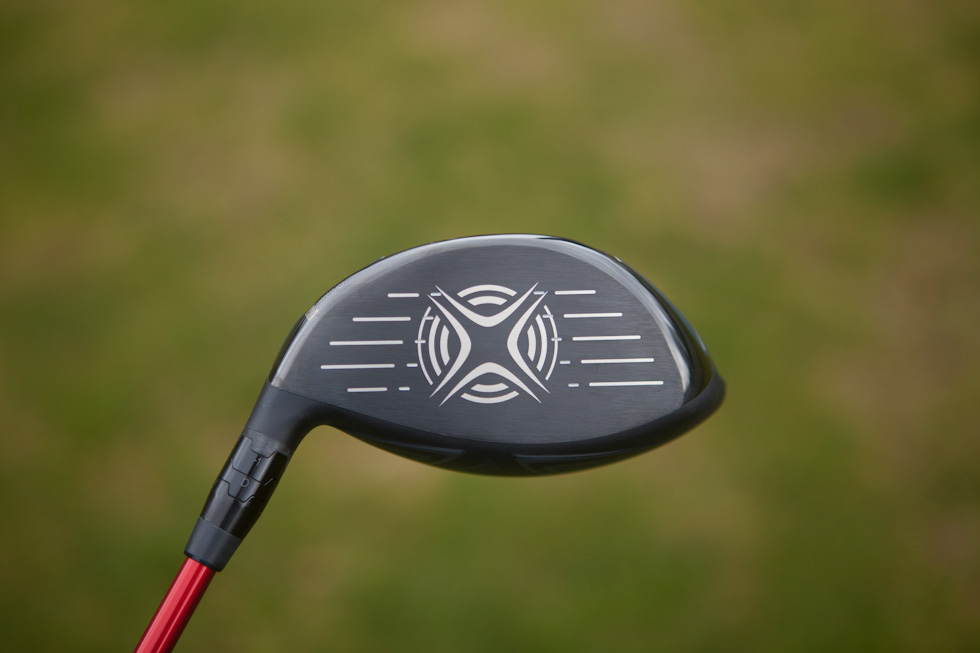
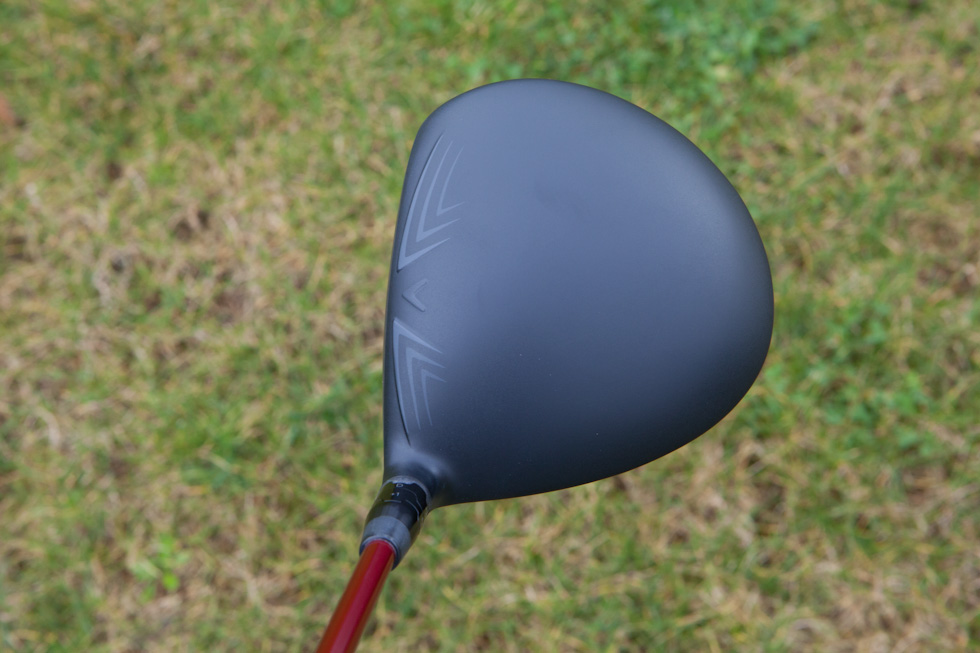
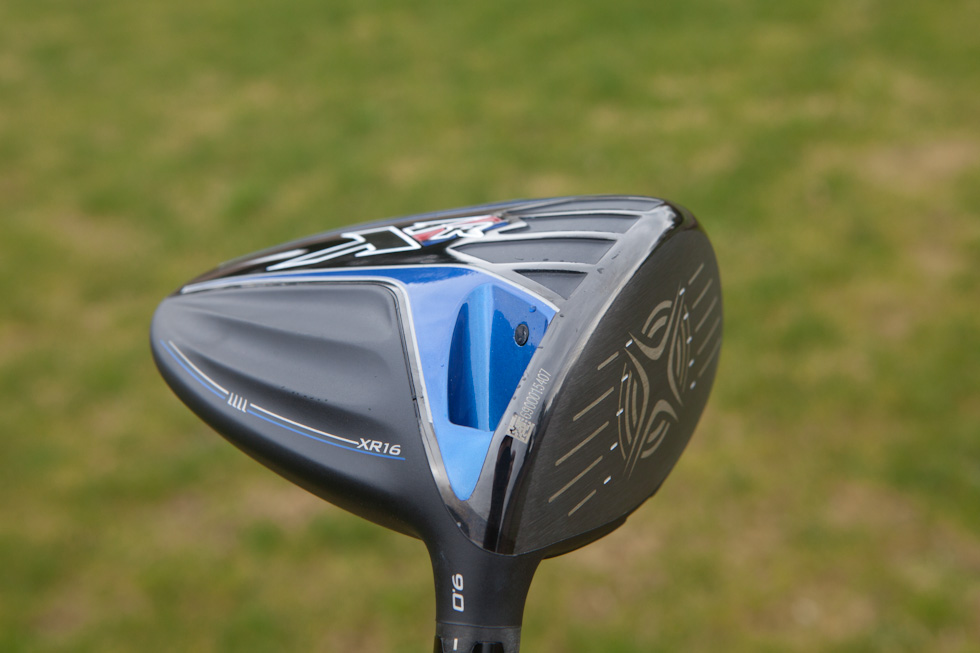
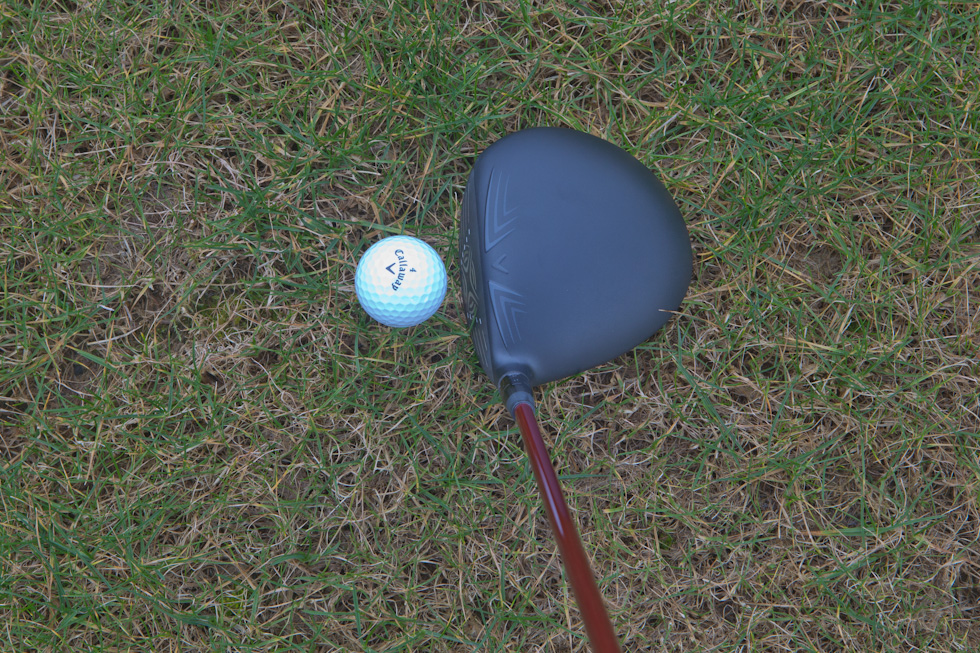
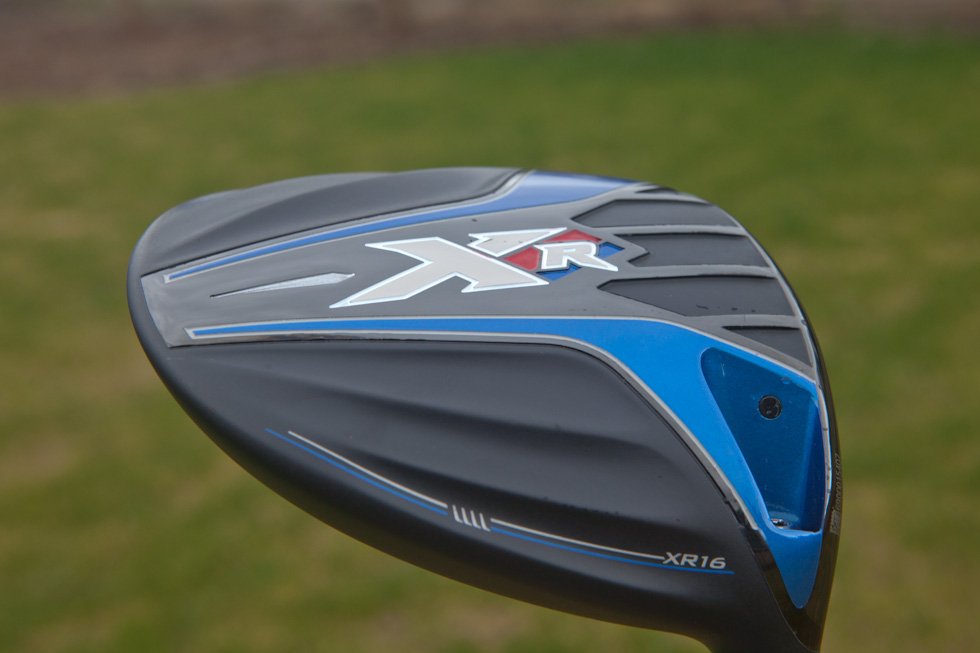
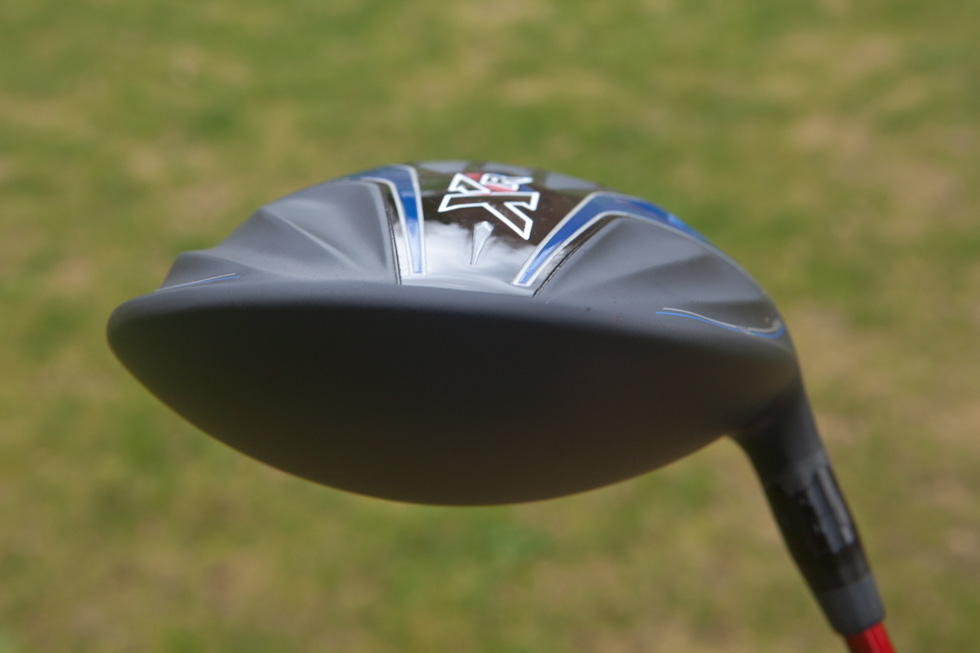
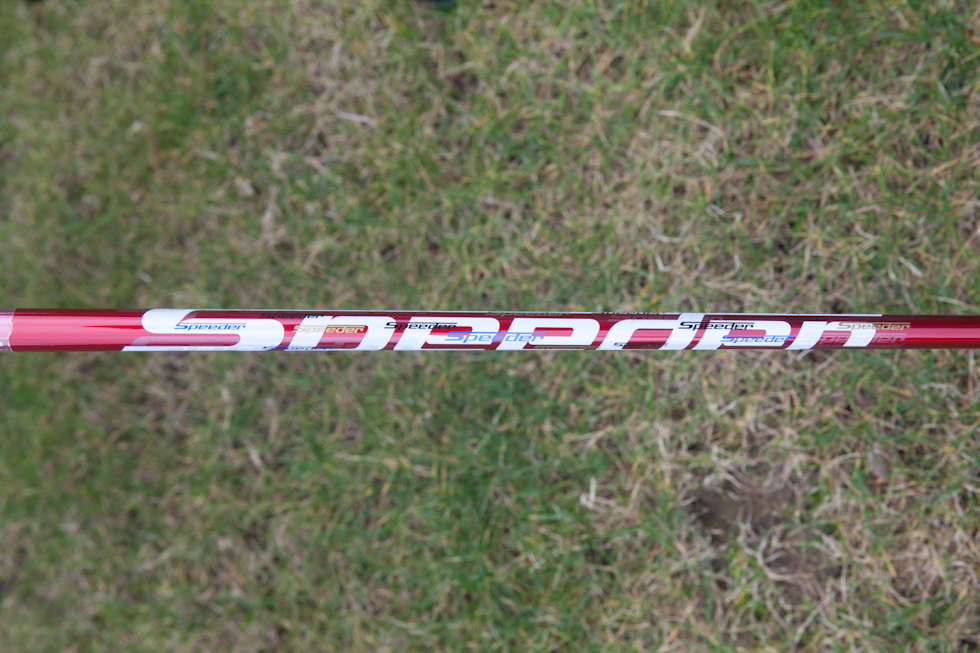
Nice write-up Michael
With all the techspeak about CGI placement. Where did you find the “sweetspot” on the XR16?
Jack
I agree. They have come back into light quite well as of late. I too enjoyed hitting the GBB and XR. I’m still on the fence if it will replace my current driver, but it did perform better than what I’m currently hitting.
It would be helpful to me if Callaway would publish Trackman numbers for its various drivers at different swing speeds. I would like to see a comparison of the original XR, the XR15 and XR16 at swing speeds of 85, 95, 105 and 115. Use a shaft that is appropriate for each swing speed. I suspect the numbers are not significantly different among the three models.